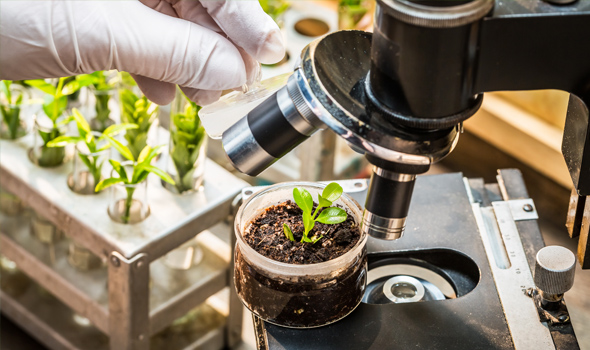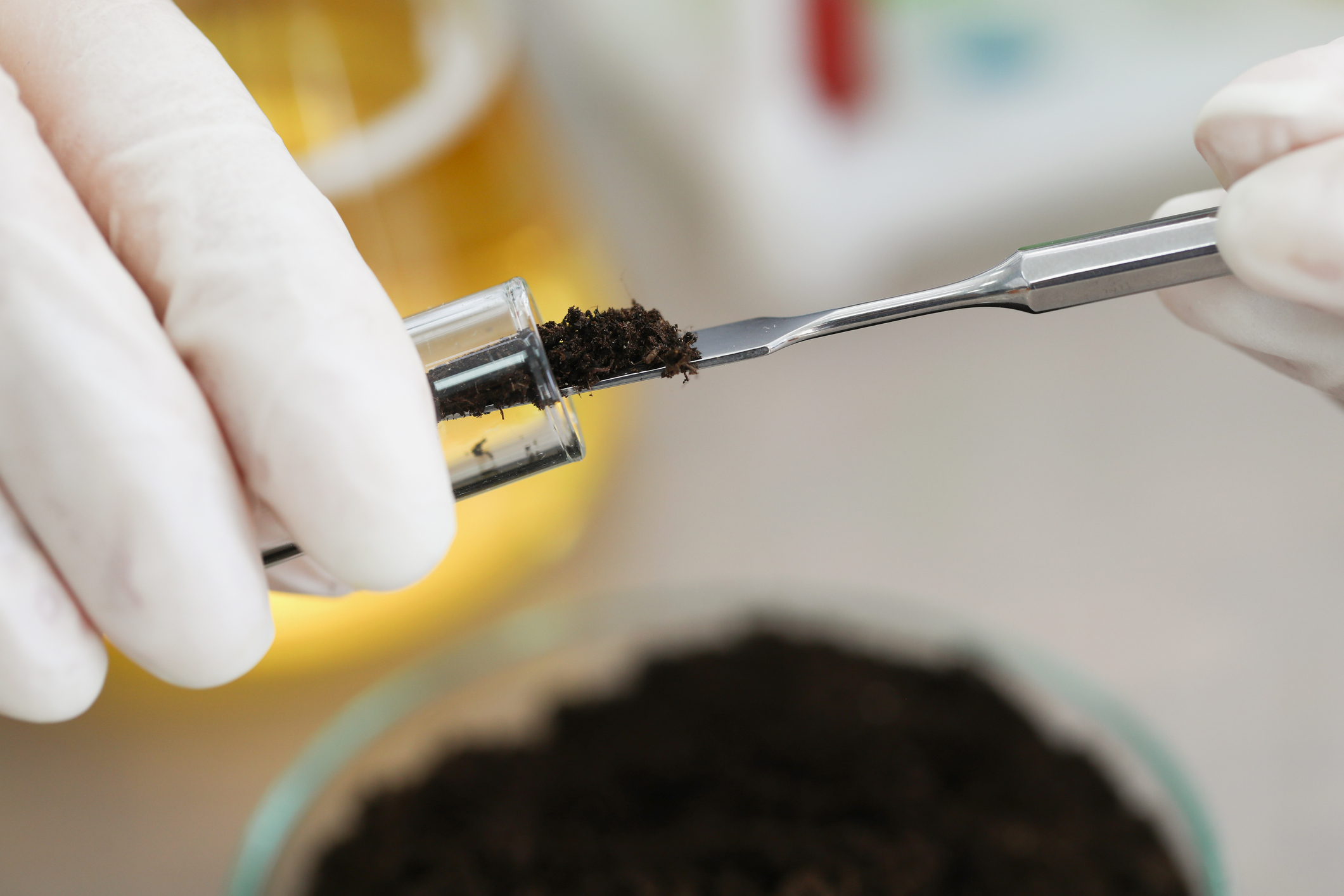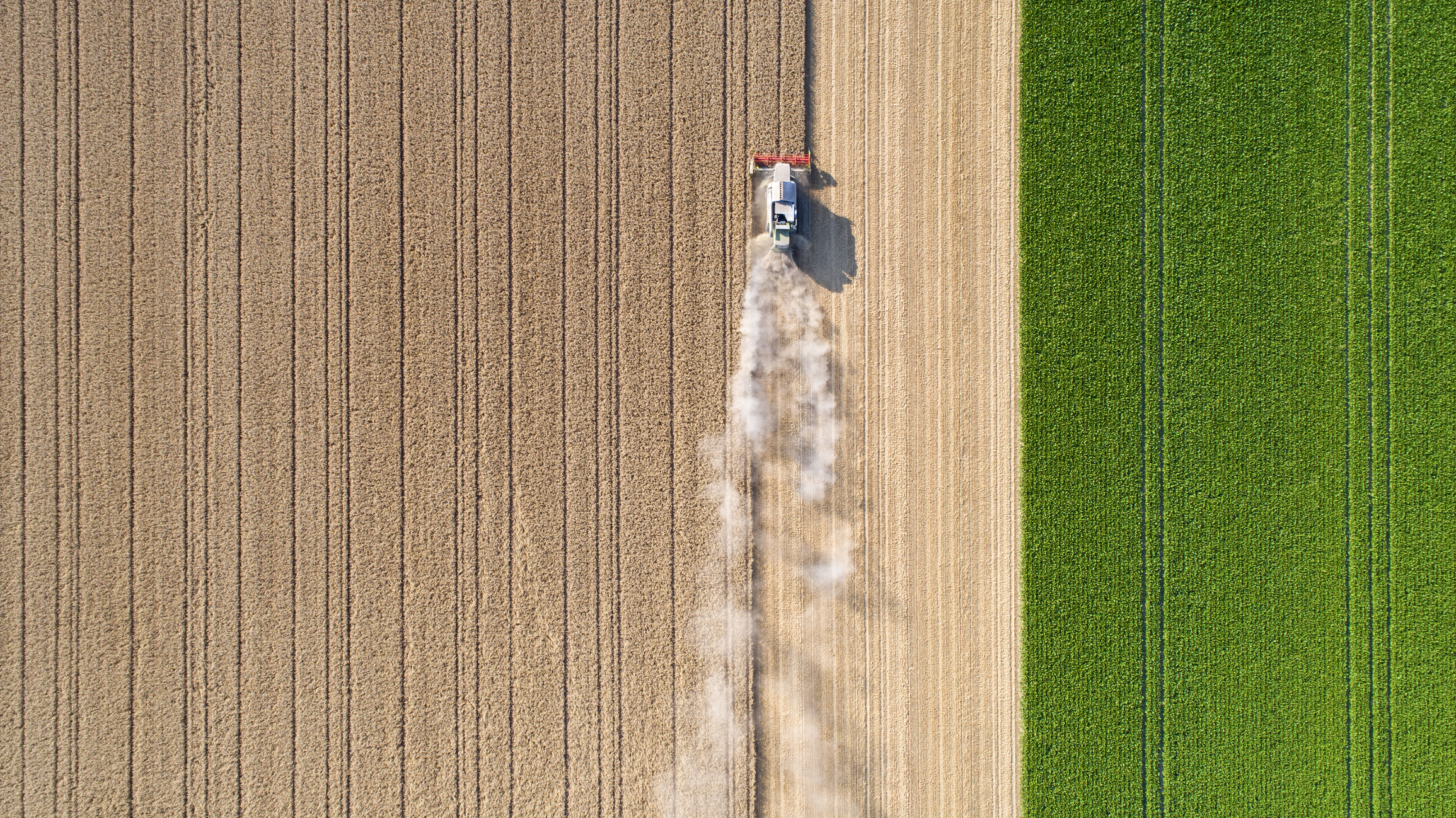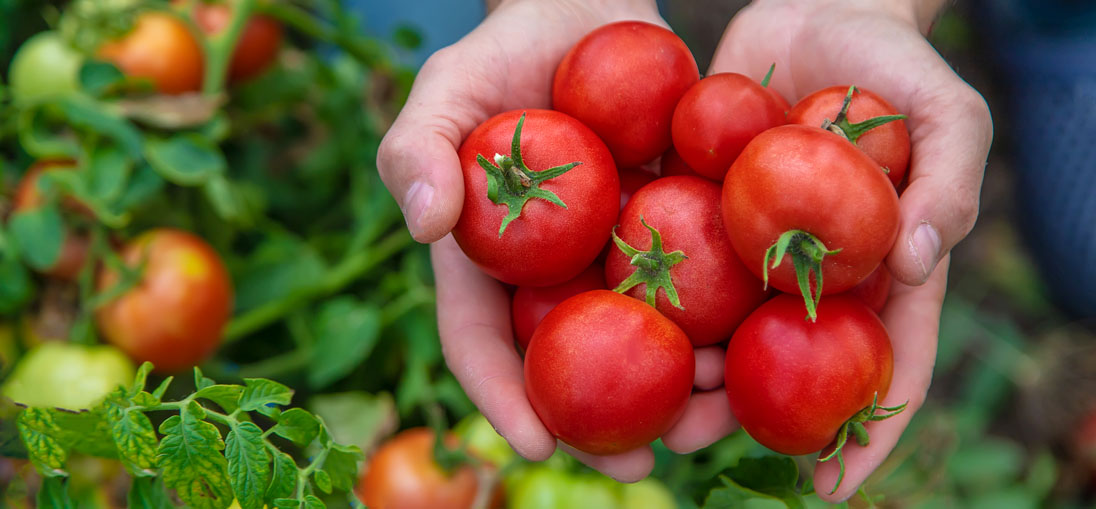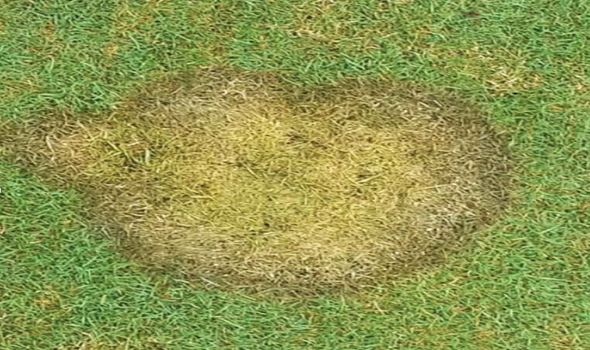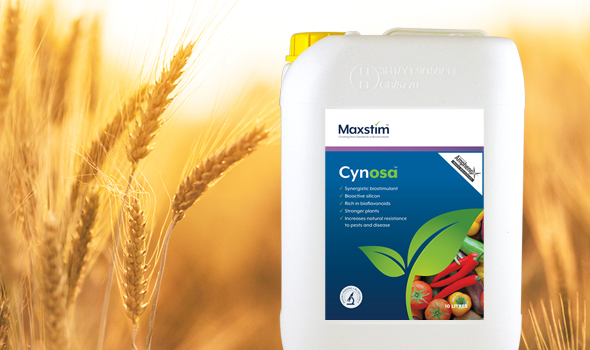Category: Technical reports
What data is required to show biostimulants are effective?
Type of information that can support a claim
Various types of data and empirical evidence can support a claim justification. While not strictly speaking hierarchical, it makes sense to begin with published peer reviewed scientific literature and existing data and then to complement that information as needed with new experimental data from controlled conditions and field trials
Data generated under controlled conditions (glasshouse, growth chambers, phenotyping, etc.) from outside the European Union should be admissible if the climatic conditions tested could conceivably apply within the EU and:
- if it is from a manufacturer’s own GEP/GLP-certified facilities.
- if the independent research partner (contract facility, university, etc.) that generated the data is considered reputable, or
- if the manufacturer can otherwise demonstrate that the quality of the methodology and the data obtained are substantially equivalent to what would be achieved by a GEP/GLP facility.
Use of Published Literature and Existing Data
Peer-reviewed scientific literature can support a claim.
Literature can be used to describe the mode of action of the product, the biology of the microorganisms used, or any preliminary studies described in relevant published papers supporting the basis of the proposed claim.
Scientific literature can be used to support a claim if it is of acceptable quality, (e.g. as per the criteria outlined in Klimisch et al. (1997). At the same time, the synergistic or emergent effects that result from the combination of substances within a product mean that it is unlikely literature alone will be enough to fully justify a claim.
Experimental Data
Biostimulant claims can be supported by experimental data generated under controlled conditions (laboratory, greenhouse, growth chamber, phenotyping, etc.) and/or in the field (field trials).
Additional data from small-scale laboratory and growth chamber studies will often form a vital component of the overall claim justification package provided.
If field data are used, at least some EU data should be included.
Field data from outside the EU may support EU data if both are generated under similar geo-climatic conditions (and those correspond to the intended context for product use). Guidelines exist for determining the comparability of geo-climatic conditions (European and Mediterranean Plant Protection Organization [EPPO], 2014).
The importance of data in assessing the efficacy of biostimulants
Background: As the need for biostimulants becomes better understood and their place in the armoury of agronomists more established, creating a credible means of generating and assessing their use and efficacy becomes more important. Maxstim Ltd is a leader in biostimulant design and manufacture and understands the need to demonstrate the integrity and quality of the supporting data that underpins the performance of our products.
This document describes in detail how our product development and technical team carry out the assessment of product performance and how the efficacy data is generated and assessed for quality and reporting. At the same time recognising that having solid data on product effects is irrelevant if it makes no contribution to real farmer/grower value.
Maxstim procedures for supporting biostimulant claims
In order to enable access to the European Union single market, CE marking is required for all fertilising products (the definition of which now includes biostimulants).
This is covered by Regulation (EU) 2019/1009 FPR published in July 2019 and which will be fully operational in July 2022.
The European Biostimulant Industry Council (EBIC) have developed some guidance to follow when justifying plant biostimulant claims. These principles are expected to be incorporated into harmonized European standards currently being developed by the European Committee for Standardization (CEN) to support the implementation of the regulation (Ricci et al., 2019; General principles to justify plant biostimulant claims. Frontiers in Plant Science Volume 10, article 494).
Maxstim has adopted these procedures for evidencing biostimulant claims. These are based on the EU definition of biostimulants:
An EU fertilising product the function of which is to stimulate plant nutrition processes independently of the product’s nutrient content with the sole aim of improving one or more of the following characteristics of the plant or the plant rhizosphere:
(a) nutrient use efficiency
(b) tolerance to abiotic stress
(c) quality traits
(d) availability of confined nutrients in the soil or rhizosphere
(e) yield improvement (yield increase or yield security)
Note that the effects of biotic stress cannot be entirely separated from abiotic stress. Consequently, reducing abiotic stress can have an indirect effect on the impact of pests and diseases on crop plants.
Plant Biostimulants “shall have effects that are claimed on the label”
- A conformity assessment dossier will be compiled for Maxstim products and include evidence of the product’s effects
- Harmonized European Standards will indicate what constitutes compelling evidence
Underlying Principles to Justify a Biostimulant Claim: Data
- Existing data (pre Regulation 2019/1009 FPR) can be used
- Existing data sets and new data should comply with acceptable Experimental Quality Criteria (this can be generated by the manufacturer, independent researchers, distributors or growers)
- Data should have agronomic relevance (i.e. yield improvement, must demonstrate a biologically relevant agronomic trend)
Data should be of sufficient quality to support any claim:
To assess data quality a Klimisch score (Klimisch et al., 1997) can be used to evaluate data robustness. Scores of 1 and 2 are acceptable, though data with scores of 3 and 4 can be used as part of a wider assessment e.g. supporting observations of consistent “agronomically” positive data trends (i.e., not necessarily statistically significant) compared to untreated plots in field trials.
Measuring data
Can silicon reduce the effects of abiotic stress in plants?
We recently launched our new silicon based biostimulant, Cynosa. As part of the research and development of this product we delved into the details of the actual effects of silicon on arable crops, horticultural plants and sports turf. Our technical paper is now available to download. In it we share with you the effects of silicon in various stress conditions and how it impacts plant health
Our technical paper is now available to download. In it we share with you the effects of silicon in various stress conditions and how it impacts plant health.
Microdochium in turfgrass
Microdochium patch is an important grass disease of turfgrass in temperate zones such as the British Isles and NW Europe due to the wet and mild conditions that can persist in these regions throughout the year. Most disease outbreaks occur between October and May when turf growth has slowed or become dormant. The most important climatic factors responsible for disease outbreaks include mild temperatures and wet conditions caused by light rain, high relative humidity, fog, and when heavy snow falls on unfrozen ground. Disease is most severe when snow falls on unfrozen turf, however, activity can occur without snow cover during cool (less than 15°C) wet weather.
Learn about fungicide for grass, lawn fungus control and even snow mould on grass in our latest technical paper.
